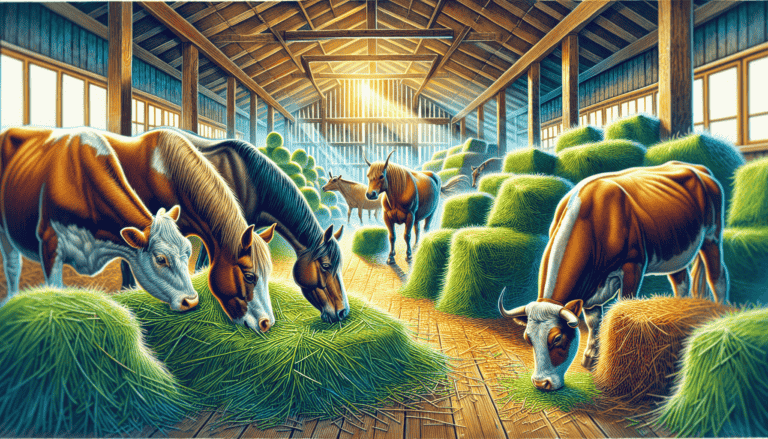Essential Guide: How to Take Care of a Horse for Beginners
Understanding how to take care of a horse requires knowledge of their basic needs and health standards. Whether you’re a new owner or looking to refine your care routine, this article takes the guesswork out of equine care with straightforward advice on nutrition, space, companionship, and preventive health measures. Learn how to meet your horse’s daily requirements with confidence as we explore the fundamental pillars of horse care.
Key Takeaways
Horses need a balanced diet comprising roughage as the foundation, supplemented with grains, concentrates, vitamins, and minerals tailored to each horse’s unique needs.
Maintaining an ideal body weight in horses is critical and involves regular monitoring using the Body Condition Score and adjusting feeding regimens while providing clean water and monitoring hydration.
Providing a safe and comfortable shelter, regular health checks, including dental and hoof care, and ensuring sufficient exercise and space are paramount for a horse’s overall well-being.
Essential Nutrition for a Healthy Horse
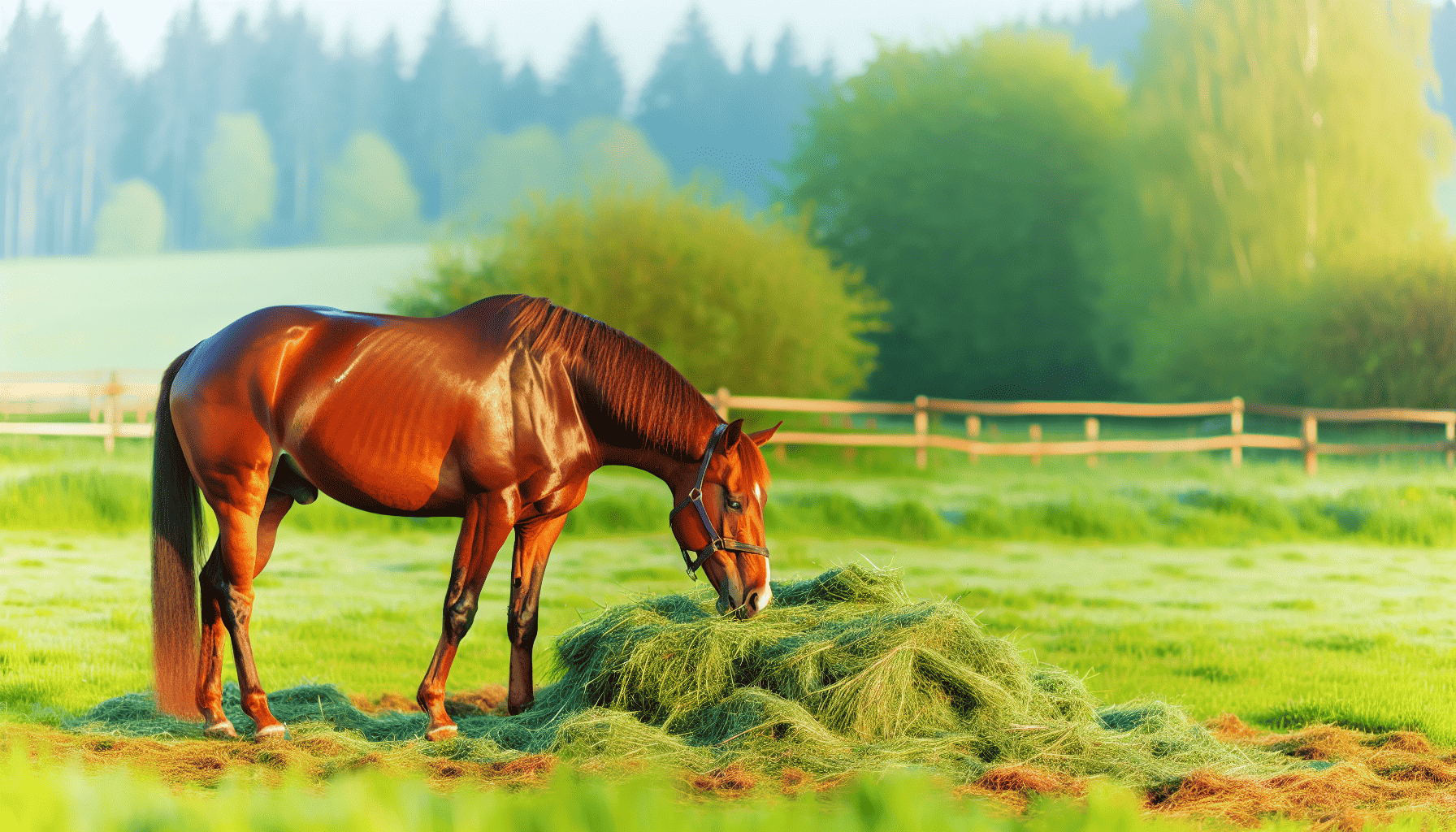
For their optimal health, horses require an appropriate balance of food in their diet. Roughage from hay and grass is the primary source that they consume for necessary nutrients and to support good digestive functioning. Although it does provide much-needed fiber, roughage alone cannot fulfill all nutritional needs, especially those with high energy demands or other individualized requirements. Grains and concentrates are added into feed mix as these offer more calories while still delivering essential vitamins & minerals. Supplements may also be incorporated according to specific horse’s dietary needs. The artistry comes when creating a nutrition plan that appropriately matches up these components so as to create the best possible balanced mealtime experience for each particular horse!
The Role of Roughage: Grass and Hay
Pasture grass and hay, commonly referred to as roughage, are the most important components of a horse’s diet. It provides dietary fiber, which helps maintain gut health. Horses should be able to graze on fresh pasture when available. Otherwise, good quality hay serves as an adequate source of nutrition in its place. Depending on the type of horse – hard keepers may need access to plenty while easy keepers require minimal feed intake from a pasture or rich hay – careful consideration needs to be given when deciding how much age is appropriate for each individual animal’s nourishment.
Grains and Concentrates: When and Why?
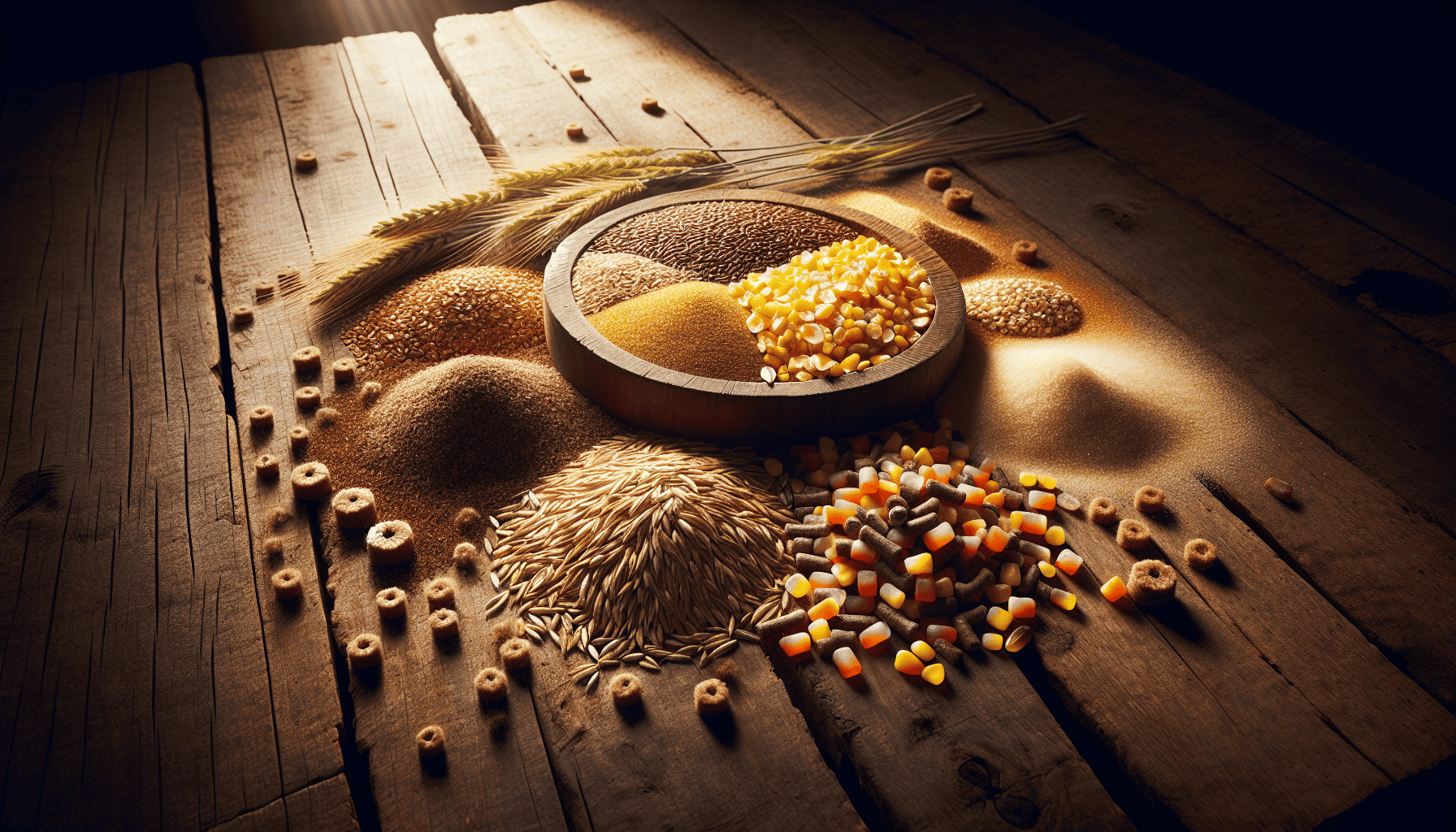
When it comes to feeding a horse, roughage should form the basis of their diet. Grains and concentrates are also essential in providing extra energy and key nutrients. This is particularly important for horses engaging in intensive activity or needing more nutrition than what can be provided by solely consuming roughages. Examples of such supplements include oats, barley, corn, wheat soybean meal, beet pulp & rice bran – all of which must be included based on an individual’s needs.
To ensure your animal gets the correct amount while avoiding overfeeding, we recommend consulting with an equine nutritionist who will determine appropriate amounts according to each horse’s specific situation and requirements. Care should always be taken when including these substances into any feed regimen so as not exceed nutritional demands.
Supplements and Minerals: Tailoring to Your Horse’s Needs
A horse’s diet requires essential supplements and minerals such as additional vitamins, proteins, fats or specific other nutrients. These are especially important for aged horses or those with certain illnesses and those in athletic work. To make sure the right nutrition is provided to every horse, it may be necessary to provide them with a salt lick or mineral block that meets their own individual needs for optimal healthiness and wellness. Horse supplements should thus constitute the last part of nutritional planning when taking care of your four-legged friend.
Maintaining Your Horse’s Ideal Body Weight
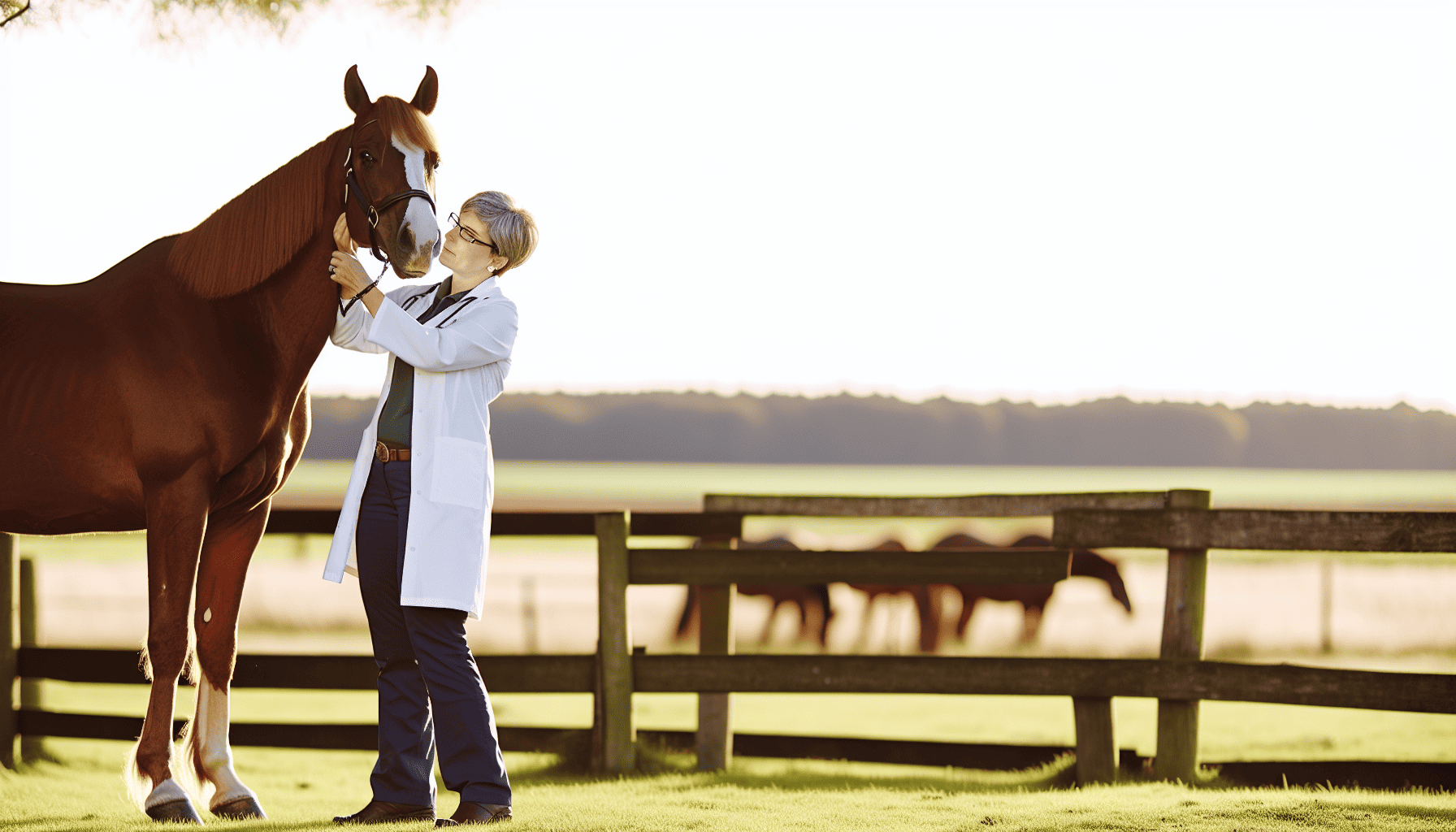
It is vital for the well-being of horses that their body weight be kept within a certain range. Too little food can result in malnourishment and too much will lead to unwanted health issues, so it’s important to closely monitor them. A Body Condition Score helps determine when changes should be made – such as reducing or increasing feedings – to keep your horse at an optimal weight level. Feeding management also plays an integral role, like limiting how many meals are consumed and adjusting meal times where needed. This aids greatly in achieving healthy body weights for horses.
Assessing Body Condition Score
It is essential for a horse to have its Body Condition Score monitored regularly, ideally every month. This scale evaluates the level of fat and storage on the animal’s body – rating it from 1 (very thin) all the way up to 9 (extreme obesity). Keeping track of their BCS can help determine whether adjustments need to be made in terms of diet or exercise routine. Helping maintain an ideal weight overall.
Regulating Food Intake
Controlling the amount of food a horse consumes is just as essential to maintaining their health, much like assessing their body condition. Depending on size, activity level and what its body score says about its weight, if overweight then reducing feed intake may be necessary. Conversely, an underweight horse might require additional food in order to balance out correctly, though any modifications should happen gradually so as not to upset its digestive system.
Hydration and Water Supply
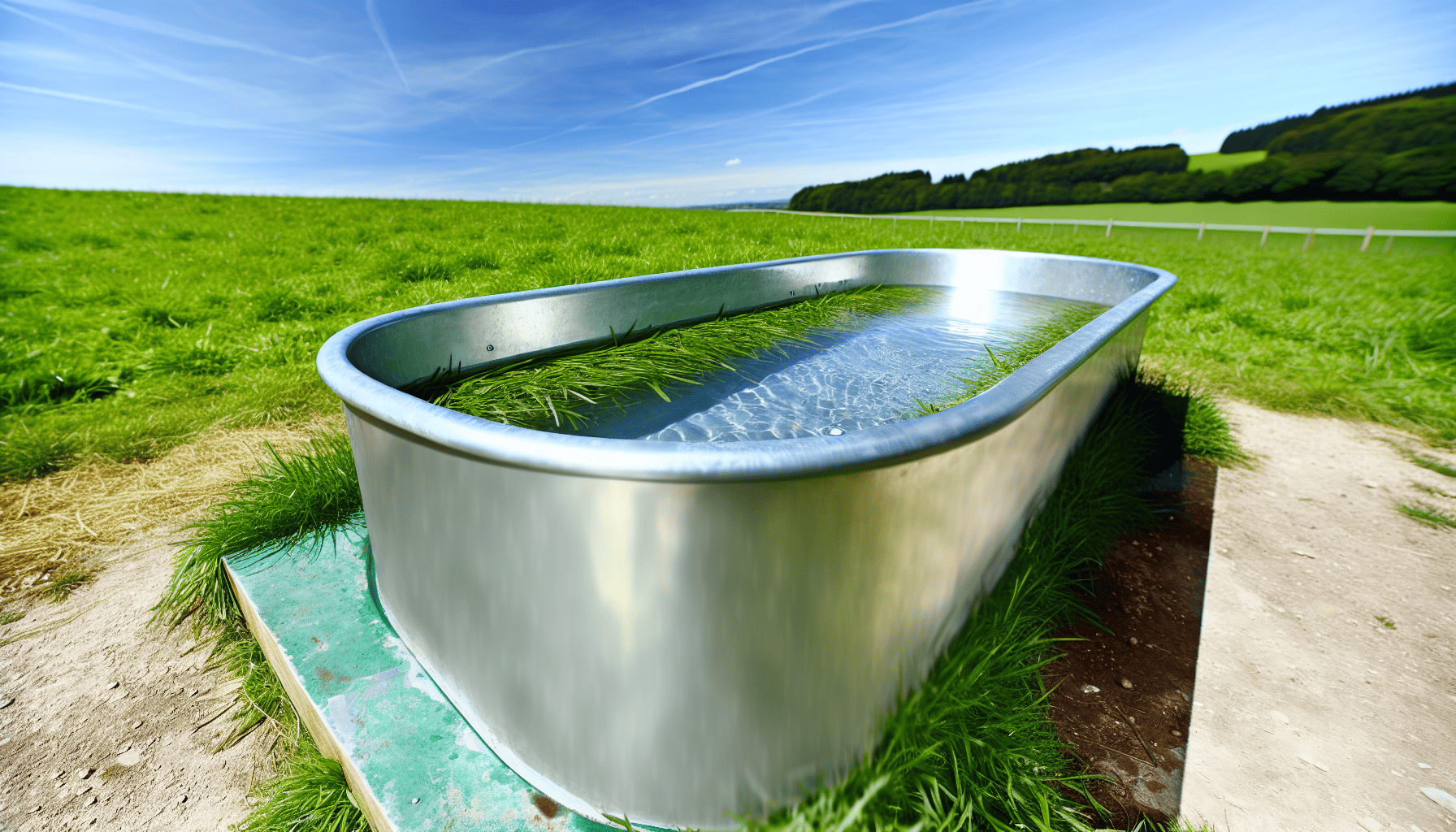
Our equine companions require just as much hydration for their wellness and wellbeing as we humans do. It is important to give horses access to water that has been well-maintained, checked regularly and purified if needed, in order for them not only to satisfy thirst but also use the liquid resources of food digestion effectively while receiving all vital nutrition elements. Not forgetting during hot climates where a plentiful amount of drink should be available so they can regulate body temperatures correctly. Water plays an essential role within our horse’s digestive system, enabling correct breakdowns of feed stuff while managing nutrient absorption levels successfully.
Importance of Clean Water
The significance of providing horses with clean water is not to be underestimated. Not only does it satisfy their thirst, but also helps prevent a variety of medical conditions. Dirty water can cause dehydration, diarrhea and other digestive problems which could even lead to death if left unchecked. It is therefore essential that the drinking source for your horse contains no impurities or contaminants in order to maintain its healthiness and wellbeing. To ensure this happens frequently examine these sources carefully while cleaning them regularly so as safeguard against any potential harm coming from tainted liquids consumed by equines.
Monitoring Water Intake
Horses normally drink between 5 and 15 gallons of water within 24 hours. This amount can vary due to the weather conditions, their diet or exercise level. It is important that you keep an eye on your horse’s hydration rate in order to detect any possible health issues early. For example, during hot climate they may require more fluids than usual while cold temperatures might bring a decrease in drinking activity. Monitoring a horse’s intake of water regularly is just as essential as providing clean liquid for consumption by them.
Shelter and Comfort: Creating a Safe Environment
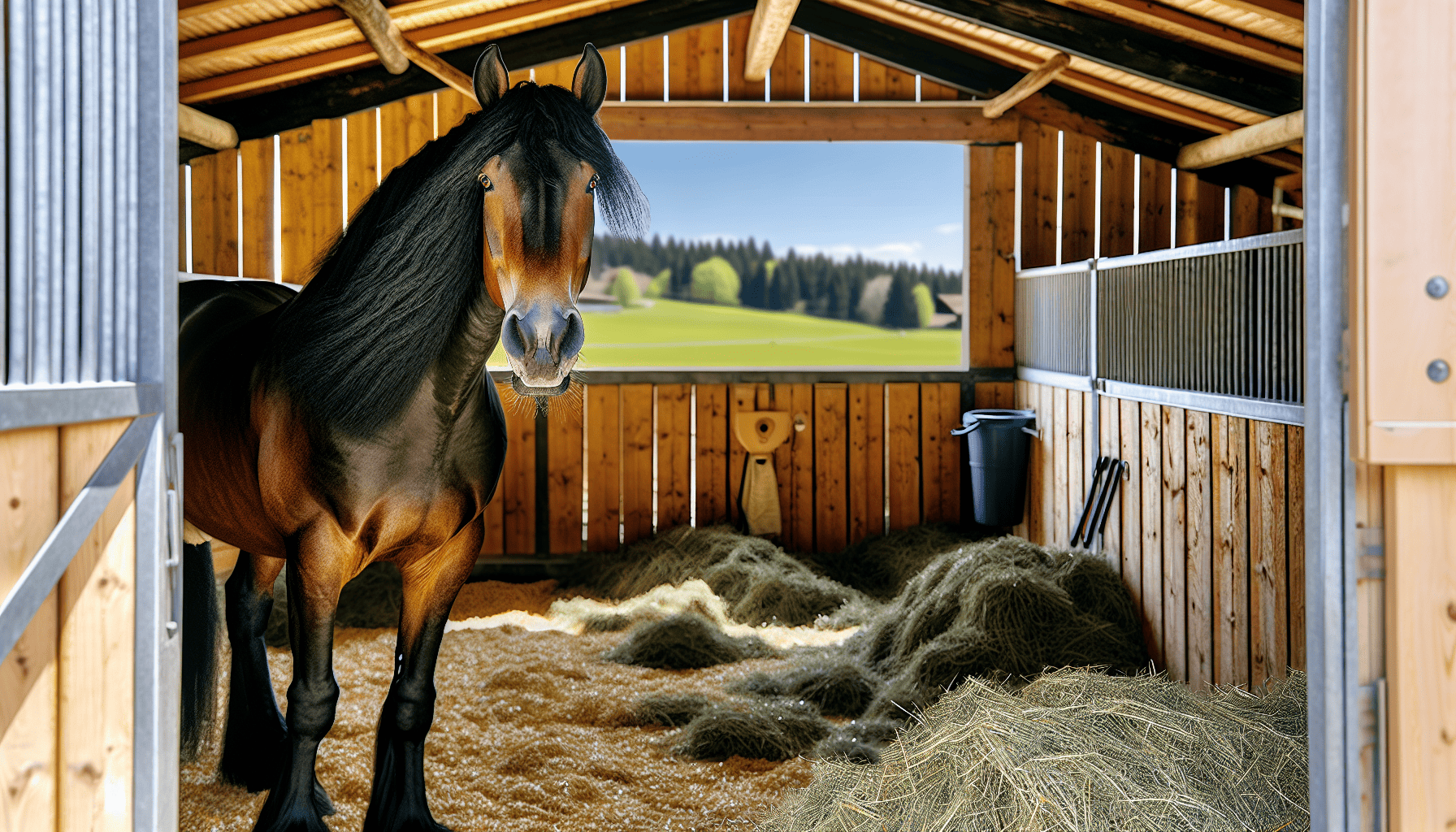
In order to maintain the health and comfort of your horses, horse care guidelines dictate that proper bedding be provided as well as a clean living area. An appropriate shelter is essential for their wellbeing. Stalls or run-in sheds are two popular options with varying levels of protection from harsh weather conditions. It’s important to factor in size, design orientation (to provide wind resistance), location (for good drainage) and features which ensure safety before making a decision on what type would work best for you. Obtaining quality materials such as supplies specifically designed for equine needs can help satisfy these requirements successfully.
Types of Shelter
When it comes to providing shelter for horses, the two most common types are stalls and run-in sheds. A stall offers each horse individual space and protection from extreme weather conditions while also facilitating better dietary control as well as meal management. Despite these benefits, stalls may limit movement of a horse or its social interaction capabilities plus require more maintenance with other options.
Run-in shed on the other hand allows free movement of horses without much maintenance but can be not suitable if one is looking for greater diet regulation, personal space or even rehabilitation purposes like training etc. All factors need consideration when deciding which kind of option suits your needs and that of your beloved horses best!
Bedding and Stable Maintenance
Taking care of a stable is as crucial for the well-being and comfort of your horse as having an appropriate dwelling. There are several choices when it comes to picking bedding such as straw, wood shavings or pellets. Each with its own advantages and disadvantages in terms of absorbency levels, dustiness potential, among other factors. When selecting one option amongst others, you should consider cost availability too.
On top of this regular maintenance needs to be done on stables so diseases or insect infestations do not occur: cleaning frequently must be done plus checking if there are any possible damages that need repair work performed on them promptly. This way we can safeguard our horses’ safety all the time within their home area which has been properly prepared before they arrived.
Regular Health Checks and Veterinary Care
Responsible horse owners must take appropriate measures to ensure their horse’s wellbeing. This includes providing them with proper feeding and shelter as well as regular health checks by a veterinarian. These exams help catch any issues or diseases early on in order for them to be treated quickly. There is also basic care which helps keep the animal healthy, such as dental work, hoof maintenance, vaccinations and deworming.
Maintaining equine health isn’t just about these preventive routines. It requires close attention from the owner so that if anything changes in the usual behavior of appearance then they can consult with an experienced vet immediately without delay.
Dental Care and Hoof Maintenance
Providing regular dental and hoof care is an essential part of caring for horses. Veterinarians should check a horse’s teeth at least once annually to look out for any signs of trouble, while the animal’s hooves must be trimmed every 6-8 weeks in order to maintain good health and performance levels. Not only are both aspects crucial when it comes to looking after a horse properly. Pay attention too if your horse changes its behavior or starts having problems with eating, this could indicate that there may be something wrong with its teeth. Look out also for issues like altered gait or expressions indicating discomfort as these might suggest possible problems related to their hooves.
Vaccinations and Deworming Schedules
To maintain your horse’s health and wellbeing, it is essential to vaccinate them against various illnesses such as tetanus, viral respiratory disease, strangles, rhinopneumonitis rabies and West Nile virus. Horses should receive deworming every 6-8 weeks in order to prevent parasite infestation. These preventive measures along with regular physical exams are necessary for the long term welfare of your equine companion.
Exercise and Space Requirements
Horses require sufficient exercise and enough space to remain healthy, just like humans. It is important that these animals have the freedom to roam in an area big enough for them so they can exhibit natural behaviors and maintain physical as well as mental health. Exercise also keeps their fitness level up, helps prevent obesity, and provides necessary stimulation mentally speaking.
In order to ensure a horse’s wellbeing through space and workouts, it is not merely about providing spacious paddocks but rather making sure there’s adequate room for comfortable movement and designing structured routines meant specifically designed to keep fit both physically and mentally.
Adequate Space for Movement
Providing enough space for movement is essential to a horse’s wellbeing. Without sufficient room, it can result in behavioral issues, sickness and tension. 1/10th of an acre per horse should be allocated for exercise activities. This figure could vary depending on the type and size of the animal. When there isn’t adequate area accessible, imaginative solutions such as utilizing a track system or a sacrifice pen may help offer more liberty while enabling exercise too.
Structured Exercise Routines
It’s essential to give your horse adequate room for movement, yet just as important is providing it with a well-planned exercise schedule. This kind of routine will not only keep the animal physically fit, but also provide mental stimulation. The type and duration of workout depends on age, physical condition and speciality, from trail riding or ascending hills to raised pole work, etc., each one should be started gradually until intensity builds up properly so as to avoid any harm being caused due to over training.
Horse Tack and Equipment
It is essential to ensure the comfort and safety of a horse while riding, which involves selecting appropriate tack and equipment. This applies not only for horse care, but also when it comes to optimizing performance levels. The items that should be taken into account in this process are: saddles, bridles, reins, girths, stirrups as well as martingales or breastplates plus saddle pads for pleasure riding specifically designed according to the average size of horses.
To pick out the ideal supplies necessary for successful sessions on horseback, it is important to pay attention both during their upkeep and storage stages too – preventing possible injuries through periodic cleaning & inspections. At the same time guaranteeing they’ll endure many years thanks to correct storage practices.
Keeping up with proper maintenance from preparation until finish can drastically raise standards resulting with positive outcomes related mainly by practicing equestrianism responsibly after having chosen an adequate strategy regarding your particular four-legged friend’s needs during activities like recreational horseriding.
Choosing the Proper Tack
Choosing the proper equipment for your horse requires taking into account its size, breed, and usage. The saddle should fit both rider and mount comfortably while offering enough support without impeding movement or causing unease. The bridle needs to be snug, but not too tight, with a bit that is suitable in terms of size as well as type for your particular steed.
Remember, getting the right tack can greatly affect how comfortable your horse feels along with their performance overall!
Maintenance and Storage of Equipment
Proper maintenance and storage are essential for keeping your tack in good condition. Investing in a secure lockable box or dedicated tack room can help preserve the life of your equipment, while regular inspections will identify signs of wear before they cause any issues. Taking these steps not only helps you save money, but also ensures that all riding gear is kept safe, which keeps both horse and rider comfortable and protected at all times.
Social Interaction and Mental Health
Horses, similar to humans, must have social contact for a healthy state of mind. Horses are social creatures and need the companionship of their own kind in order to stay mentally stable. Providing them with someone they can interact with will help reduce behavioral issues and increase overall wellbeing.
Simply being around other horses is not enough. Mental stimulation also needs to be included as part of an animal’s routine if you want it contented and active all year round! This is where enrichment activities come into play, items such as toys or obstacle courses provide stimulating entertainment which keeps your horse happy while providing necessary engagement too!
Companionship for Horses
Horses are naturally quite social animals that thrive in the presence of one another. In their natural habitat, they live together in small herds to provide safety and companionship for each other. It is essential to make sure your horse companion has opportunities for contact with its kind so it can remain content and healthy throughout its life. This could involve having multiple horses at home or giving them a chance to meet others through attending riding lessons or being part of a livery yard facility – both beneficial ways as far as ensuring complete wellbeing goes! After all, satisfied horses will always be healthier than those deprived from interacting with other ponies around them.
Enrichment Activities
Enrichment activities provide a great way to keep your horse engaged and mentally stimulated. From toys, like the Horseman’s Pride Jolly Ball, to physical challenges such as obstacle training or foraging exercises, these options offer something that will keep them entertained for hours while preventing behavioral issues due to boredom. No matter what activity you select, it is sure to help strengthen both their physical and mental abilities in an enjoyable manner!
Transitioning to New Food and Feed Adjustments
It is essential to pay close attention to the nutritional needs of horses as they shift throughout their lives, and it’s important for owners to periodically evaluate horse diets. This includes introducing new foods or adjusting current feed levels based on your horse’s requirements. Nevertheless, any modifications should be done slowly in order to avoid digestive complications such as colic or laminitis that can result from sudden changes. As a result, transitioning into different types of food should occur gradually with consistent observation regarding the horse’s wellbeing and hunger level over time.
Introducing New Foods Safely
In order to prevent digestive issues, it is important to gradually introduce a new food into your horse’s diet. Start by mixing the existing feed with small amounts of the new one over the course of approximately a week and then observe for any indications that could suggest discomfort or disturbance in digestion. E.g., loose feces or changes in appetite. If you notice such signs, immediately return to feeding only what was previously provided and consult an equine specialist before introducing again later on.
Adjusting Feed Quantities
When it comes to the nourishment of your horse, both quantity and type are equally important. To avoid health issues caused by being overweight or malnourished, you should regulate feed intake in accordance with their size, activity level, and physical condition. You may also need to modify the amount depending on changes in exercise amounts or state of wellbeing. Thus adjust gradually for no stomach upset to occur. While providing sustenance for your horse, watch out for appetite signals as well as any alterations that could have taken place so you can determine how much food they require from time-to-time accordingly.
Summary
The journey of caring for a horse is immensely rewarding and demands an all-encompassing understanding of its unique needs. Maintaining their body weight with the proper diet, water intake, exercise regime and access to enough space are essential. Regular medical checkups by vets plus routine upkeep on equipment must not be overlooked either. Lastly, social interaction as well as enrichment activities will provide mental stimulation that can aid in keeping your equine happy and healthy overall. With these guidelines you have the right knowledge base needed to give them the best care so come join this fulfilling ride!
Frequently Asked Questions
Is it hard to take care of a horse?
Having a horse necessitates dedication and effort, as well as time and money. Each horse has its own particular needs that must be tended to. No single approach is appropriate for every situation. Thus caring for a horse demands patience, resources such space in which it can move freely, not to mention regular upkeep.
How do I start caring for my horse?
Creating a daily routine for your horse can help ensure its health and wellbeing. This includes providing food, grooming regularly to monitor any issues such as hoof care or adding extra blankets during wintertime. Having this stable management plan in place allows you to keep track of how the animal is doing at all times and provide appropriate attention accordingly.
What are the main components of a horse’s diet?
When devising a plan for your horse’s dietary needs, the primary components to keep in mind are hay and grass (roughage), grains as well as concentrates that offer extra energy and nutrition, along with customized supplements or minerals. All of these will help provide sustenance tailored specifically to what each individual horse requires.
How often should a horse’s body condition score be assessed?
It is sensible to check a horse’s body condition score on regular monthly intervals in order to keep tabs on its well-being and nourishment.
How much water should a horse typically consume in a day?
A horse needs to drink between 20 and 55 liters, which is approximately 5-15 gallons of water each day in order to remain properly hydrated and healthy.

